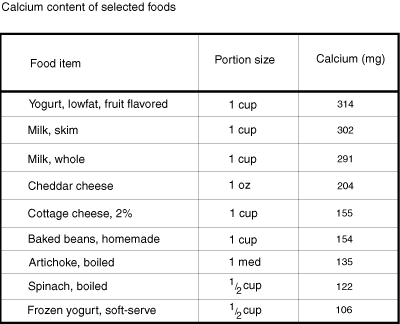Suggestions
Use up and down arrows to review and enter to select.Please wait while we process your payment
If you don't see it, please check your spam folder. Sometimes it can end up there.
If you don't see it, please check your spam folder. Sometimes it can end up there.
Please wait while we process your payment

By signing up you agree to our terms and privacy policy.
Don’t have an account? Subscribe now
Create Your Account
Sign up for your FREE 7-day trial
Already have an account? Log in
Your Email
Choose Your Plan
Individual
Group Discount
Save over 50% with a SparkNotes PLUS Annual Plan!
 payment page
payment page
Purchasing SparkNotes PLUS for a group?
Get Annual Plans at a discount when you buy 2 or more!
Price
$24.99 $18.74 /subscription + tax
Subtotal $37.48 + tax
Save 25% on 2-49 accounts
Save 30% on 50-99 accounts
Want 100 or more? Contact us for a customized plan.
 payment page
payment page
Your Plan
Payment Details
Payment Summary
SparkNotes Plus
You'll be billed after your free trial ends.
7-Day Free Trial
Not Applicable
Renews May 1, 2024 April 24, 2024
Discounts (applied to next billing)
DUE NOW
US $0.00
SNPLUSROCKS20 | 20% Discount
This is not a valid promo code.
Discount Code (one code per order)
SparkNotes PLUS Annual Plan - Group Discount
Qty: 00
SparkNotes Plus subscription is $4.99/month or $24.99/year as selected above. The free trial period is the first 7 days of your subscription. TO CANCEL YOUR SUBSCRIPTION AND AVOID BEING CHARGED, YOU MUST CANCEL BEFORE THE END OF THE FREE TRIAL PERIOD. You may cancel your subscription on your Subscription and Billing page or contact Customer Support at custserv@bn.com. Your subscription will continue automatically once the free trial period is over. Free trial is available to new customers only.
Choose Your Plan
For the next 7 days, you'll have access to awesome PLUS stuff like AP English test prep, No Fear Shakespeare translations and audio, a note-taking tool, personalized dashboard, & much more!
You’ve successfully purchased a group discount. Your group members can use the joining link below to redeem their group membership. You'll also receive an email with the link.
Members will be prompted to log in or create an account to redeem their group membership.
Thanks for creating a SparkNotes account! Continue to start your free trial.
We're sorry, we could not create your account. SparkNotes PLUS is not available in your country. See what countries we’re in.
There was an error creating your account. Please check your payment details and try again.
Please wait while we process your payment

Your PLUS subscription has expired
Please wait while we process your payment
Please wait while we process your payment

A condition that results when serum calcium decreases, tetany is characterized by very spastic contractions of the muscle and muscle pain. This can also be caused by an increase in serum phosphorous, which decreases serum calcium.
A loss of bone mineral causing a thinning of the bone; although osteoporosis usually occurs in the elderly and postmenopausal women, people of any age can be affected if their intake of calcium is too low.
The parathyroid hormone, produced by the parathyroid gland, is involved in the control of plasma calcium levels. When the plasma calcium level drops, the parathyroid gland reacts to restore normal levels. This is achieved three ways: 1) a stimulation in the mucosa of the intestine to absorb more calcium; 2) rapid mobilization of calcium form the bone; 3) renal excretion of phosphate. This last method means that parathyroid hormone also controls phosphorous levels.
The Recommended Dietary Allowance (RDA) of Calcium, set by the Food and Nutrition Board of the National Academy of Sciences, varies between 800 and 1200 mg for adults. Pregnant and lactating women require 1200 mg/day. Infants require 300-500 mg/day and 800 mg/day is recommended for children.
Dairy products are the main sources of calcium in the diet. Calcium is also obtained in smaller amounts from eggs, green leafy vegetables, broccoli, legumes, nuts, and whole grains.

The recommended dosage for supplemental calcium is the RDA. Some forms of calcium supplements may contain high levels of lead and should be avoided. These include calcium in bone meal, dolomite, and unrefined calcium carbonate from limestone or oyster shells.
Please wait while we process your payment

